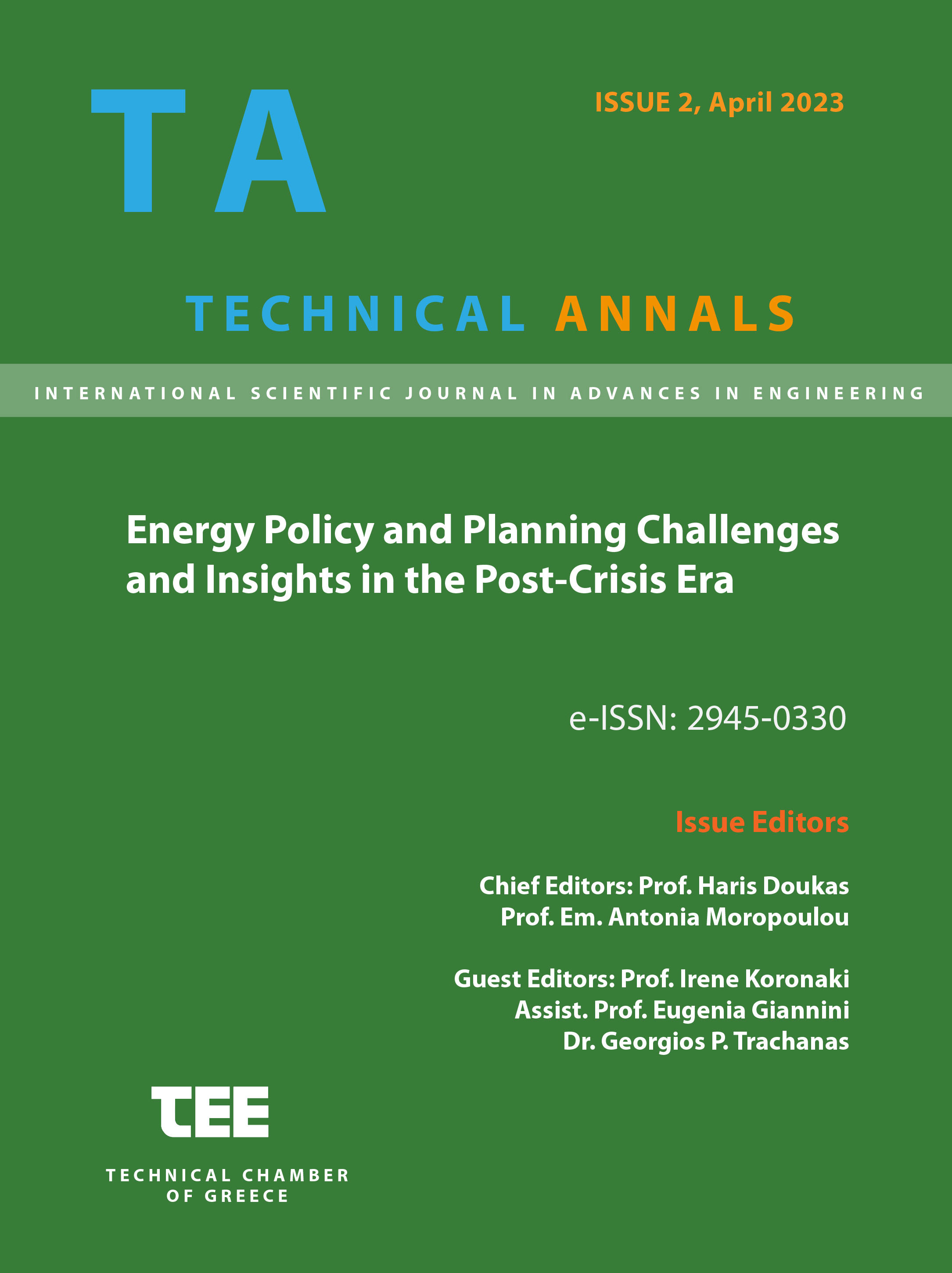Application of energy signature method to analyze the energy consumption patterns before and during the COVID-19 pandemic in two public office buildings in Thessaloniki, Greece

Abstract
The global COVID-19 pandemic had a significant impact on building energy use as a result of local emergency policies such as lockdowns, remote working and increased building ventilation being applied for an extended time. In this study we apply the energy signature method to two public office buildings in Thessaloniki, Greece to compare their energy performance before (2018-2019) and during (2020-2021) the pandemic. The energy signature method normalizes electricity and natural gas consumptions to the average climate, eliminating the influence of annual weather patterns on energy use and differentiates between heating, cooling and base energy. This allows us to compare the two periods using data from monthly utility bills. Results show a reduction (ranging from 16% to 26%) in both heating and cooling energy consumptions during the pandemic period for both buildings which is not related to differences in annual weather patterns. Although this old method is quick and straightforward to use it has its own limitations which are discussed along with potential ways it can improve.
Article Details
- How to Cite
-
Vartholomaios, A., Andreou, E., Antoniou, A., Laskos, K., & Axarli, K. (2023). Application of energy signature method to analyze the energy consumption patterns before and during the COVID-19 pandemic in two public office buildings in Thessaloniki, Greece. Technical Annals, 1(2). https://doi.org/10.12681/ta.34722
- Section
- Energy

This work is licensed under a Creative Commons Attribution-NonCommercial-ShareAlike 4.0 International License.


